Methicillin-resistant Staphylococcus aureus, also known as MRSA, is a bacterium that may cause serious health problems in humans. This bacterium developed resistance to beta-lactam antibiotics: penicillin and cephalosporin. Hospitalized patients with open wounds and a weakened immune system are at highest risk of developing MRSA infection.
Spreading of MRSA Bacterium
MRSA bacterium spreads by two main routes. The first one involves direct contact with the infection carrier, for example, with a person suffering from MRSA infection. The second one involves direct contact with objects infected with MRSA bacteria.

It takes approximately ten days of incubation before the first signs and symptoms of the infection occur. The virus is highly transmittable and the carriers are often spreading the bacteria unaware of the presence of the virus. Almost 2% of the general population is the carrier of the virus, but in the hospital surroundings this percentage is even higher and it goes up to 7%. Patients may come in contact with bacteria from the contaminated medical equipment. Medical workers may also spread the bacterium if not wearing protective clothes.
MRSA Blood Infection
MRSA blood infection takes place when the bacteria, normally found in the skin and nasal passages of healthy individuals, gets into the body through a scratch, cut, catheter, or breathing tube. The infection usually starts as a small red bump that looks like a pimple or an insect bite. In the next stage of the infection, this small bump may turn into a painfully inflamed abscess.
In some cases, bacteria and infection stay on the skin, but in many other cases, the infection turns out to be a serious life-threatening condition. A severe form of the disease is most commonly found in hospitalized patients with compromised immune systems. The spreading of a virus is also faster in the hospital surroundings. Severe infection affects the bones, joints, and wounds, whole of the bloodstream, heart, and lungs.
Symptoms of the MRSA Infection
Symptoms of the severe MRSA infection include swelling of the skin and painful sensation, discharge from the abscess, high fever, inflammation of the affected area and the warm sensation, pain in the chest, headache, and weakness in the muscles, tiredness, skin irritation, and difficulty breathing.
Treatment of the MRSA Infection
In case of a mild infection, treatment will consist of draining the skin abscesses. However, blood infections are extremely hard to treat as the virus is resistant to the most effective antibiotics. The mild positive effect of antibiotic treatment is seen in clindamycin, doxycycline, minocycline, tetracycline, trimethoprim-sulfamethoxazole, and vancomycin. Prognosis is usually dependent on the severity of the infection.
- According to studies, 20% of individuals are nasal carriers of S. aureus, and 30% are intermittent carriers. As a result, S. aureus is one of the major reasons for the spread of hospital and community-acquired infections, which brings about serious consequences and life-threatening diseases.
- The discovery of antibiotics helped to treat the infectious diseases caused by S. aureus. The antibiotic penicillin was discovered in 1928 by Sir Alexander Fleming. The purified form of penicillin came in 1941 and saved the lives of many war victims during World War II. Within 2 years of introducing penicillin, S. aureus resistance had emerged. The first penicillin-resistant S. aureus strain was identified in 1942.
- MRSA strains have the ability to produce a penicillin-binding protein (PBP) related with a diminished affinity for most semisynthetic penicillins. The PBP can be encoded by an obtained gene, mecA. The methicillin-resistant genetic component (mecA) is carried on a mobile genetic element (MGE) selected staphylococcal cassette chromosome mec (SCCmec). The emergence of methicillin-resistant strains of staphylococci is because of the acquirement and inclusion of the mobile genetic elements into the chromosomes of the vulnerable strains.
- The spread of MRSA has been detected in every province of the planet. MRSA is currently endemic in most hospitals around the world. According to CDC assessments, MRSA has been reported as a serious threat after considering diverse factors, such as trouble on healthcare infrastructure and the community, prevalence, and escalating trends of resistance, treatability, mortality, preventability, and transmissibility. On the economic side, the annual healthcare costs for treating MRSA infections are estimated at $3 billion per year. CA-MRSA has been the principal MRSA infection in the past 10–20 years due to its successful clones.
- Recent studies concerning medicinal plants unveiled the truth that herbals can be a prolific source of antibacterial activities. The herbals G. mangostana and Q. infectoria, in combination, has considerable activity against MRSA. Bassett et al., reported that tea-tree oil (TTO) shows favorable results in treating skin inflammation.
- Several natural products show potent antibacterial activity against S. aureus. Few natural compounds show potential bactericidal effects against drug-resistant S. aureus. The application of phytomedicines to treat drug-resistant bacterial infections has considerably increased worldwide in recent years. Curcumin, Garlic, Ginger, Thai longan honey, Juncus and Luzula species, Greek oregano, Baru plant, and Lichen are natural products that show great activity against drug-resistant S. aureus. Apple cider vinegar has acidic as well as antimicrobial properties. Acetic acid is the main substance in vinegar. It can kill harmful bacteria or prevent them from multiplying. It is frequently used to treat eczema, dry skin, and skin infections.
- Combining two or more drugs shows more significant effects, and combination therapy has gained prevalent recognition, particularly in infectious diseases. Researchers have also been examining the function of vancomycin or daptomycin in combination with ?-lactam antibiotics. The combination therapy of antibiotics is widely used in clinical practice and it is being investigated as a novel approach in the fight against MRSA.




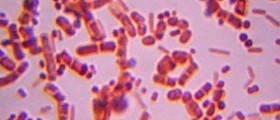

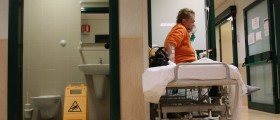

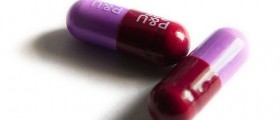
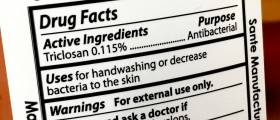

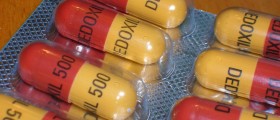
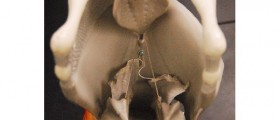
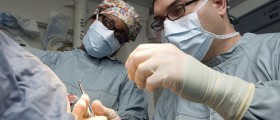



Your thoughts on this
Loading...